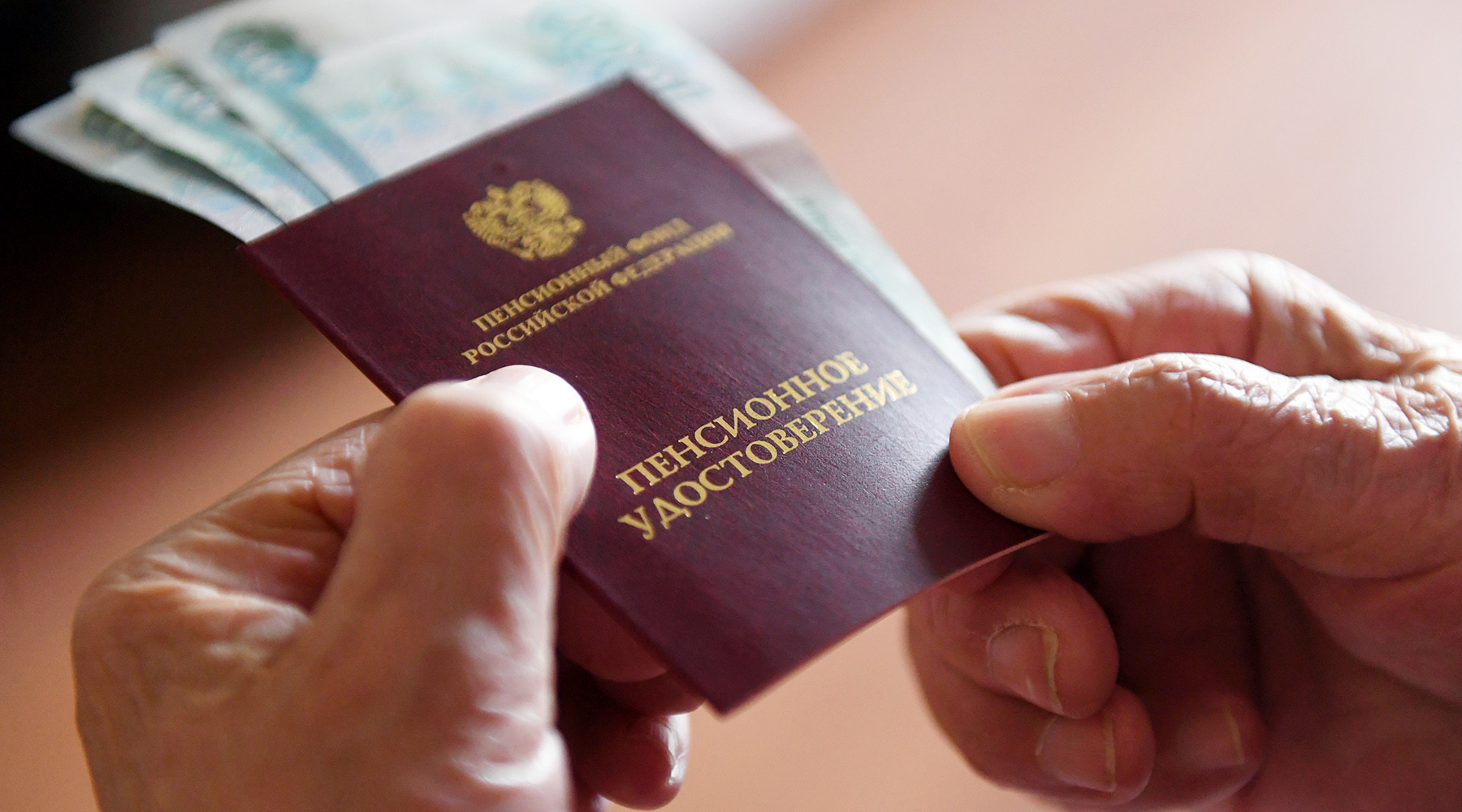A new model for the formation of pension savings will be presented in early September. The corresponding document is developed by the Ministry of Finance of the Russian Federation and the Central Bank. This was stated in the Ministry of Finance.
“I think that we with Sergey Anatolyevich (Shvetsov, the first deputy chairman of the Central Bank. - RT ) will probably announce all the details to you in a week,” RIA Novosti quotes the response of Deputy Finance Minister Alexei Moiseev to the question of the bill on individual pension capital (IPC) .
It is noted that the new model will not, as previously assumed, carry the designation IPC. At the same time, it is based on the revised draft law on the IPC, according to which participation in the new system will become exclusively voluntary.
“There will be a rejection of any means of forcing citizens to join,” RIA Novosti quoted Moiseyev as saying.
Recall that the system, formerly known as IPC, consisted in the independent contribution by Russians to the funded part of the pension of 6% of their salary by the method of contributions to non-state pension funds.
The key difference between the new mechanism of pension savings will be that these savings will be the property of citizens. Such capital is supposed to be formed and stored in non-state pension funds, to which funds can be allocated both through employers and independently.
Previously, the mechanism implied that people with high salaries will enter the system automatically, and citizens with low salaries will become participants after writing the corresponding statement.
It was assumed that the starting capital could be the funds accumulated earlier in the framework of contributions to the funded part of the pension under the old mechanism.
The head of the Ministry of Finance, Anton Siluanov, spoke in detail about the system previously called the IPC in March during a speech at the annual board of the Ministry of Finance.
Then the minister estimated the possible increase in pension among participants in the IPC program at 20% of the level of wages. He called for the launch of an appropriate mechanism in the near future.
“Individual pension capital will increase pensions to 20% of the level of wages, and will also create an additional financial resource - about 1.5% of GDP. Therefore, we need to determine this year, and we have prepared a corresponding bill, ”said Siluanov.
He added that along with the innovations, an increase in the volume of long-term savings and the pension savings system is provided.
It was originally planned that the IPC mechanism will begin to function in 2019, but the implementation deadlines were postponed later. Based on the latest statements by representatives of relevant departments, the innovations will enter into force no earlier than 2020.
- RIA News
- © Kirill Kallinikov
Note that at the end of 2018, the head of the Ministry of Finance said that the discussion of the bill on the transition to a new funded pension system was postponed in connection with the pension reform in 2018.
“The issue of the IPC was suspended due to the fact that pension changes were going very hard. Therefore, we hope that now the passions will settle down, now the situation, thank God, has been decided. We have made many reciprocal steps on pension changes, we have softened in many respects the proposals that were initially formulated, ”RBC quoted Siluanova.
Commenting on the upcoming changes, the leading expert of the Center for Political Technologies, economist Nikita Maslennikov urged to clearly explain the individual parameters of the system.
“It is very important to keep in mind things that could cushion the risks: a clear certainty, who pays contributions, the employer, the employee, or some kind of joint payment in some proportion. The volume of possible financial symbols depends on this, who is the addressee of these symbols, ”the expert said in an interview with RT.
In his opinion, it is necessary for specialized departments to formulate “intelligible options in terms of fiscal stimulation,” either on the side of the employer or on the side of the employee.
“If the employer feels that he will receive real benefits from participating in this system, he will be able to find the necessary arguments to convince the employee to participate in this system,” the expert is sure.

